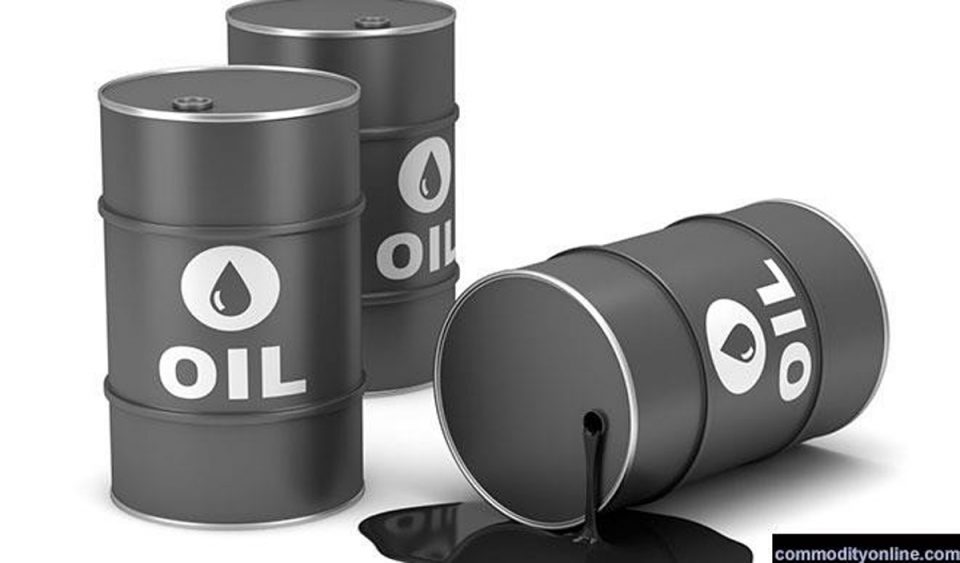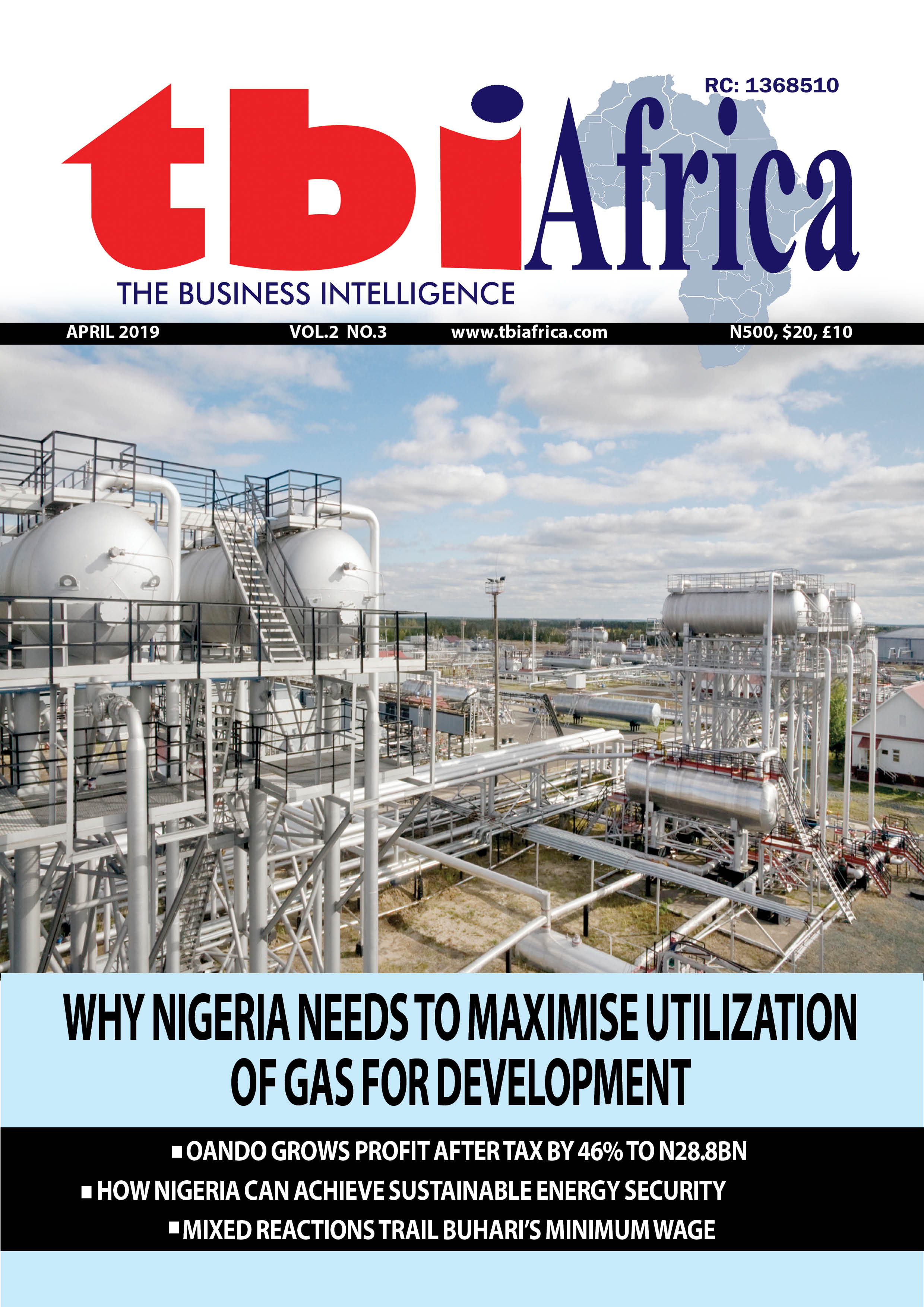Photo caption: Oil
Oil prices ticked higher on Monday even as investors weighed U.S. President Donald Trump’s latest tariff threat, this time on all steel and aluminium imports, which could dampen global economic growth and energy demand.
According to Reuters report, Brent crude futures climbed 51 cents, or 0.7%, to $75.17 a barrel by 0444 GMT while U.S. West Texas Intermediate crude was at $71.45 a barrel, up 45 cents, or 0.6%. The market posted its third consecutive weekly decline last week on concerns about a global trade war.
Trump said he will announce on Monday 25% tariffs on all steel and aluminium imports into the U.S., in another major escalation of his trade policy overhaul.
Just a week ago, the president announced tariffs on Canada, Mexico and China, but suspended those for the neighbouring countries the next day.
In light of Trump’s temporary backdown last week, investors appeared to be shrugging off the steel and aluminium tariff threat for now, Tony Sycamore, a Sydney-based analyst at IG said.
“The market has realised tariff headlines are likely to continue in the weeks and months ahead,” he said, adding that there was an equal chance they could be walked back or even increased at some point in the near future.
“So perhaps investors are coming to the conclusion it’s not the best course of action to react to every headline negatively.”
China’s retaliatory tariffs on some U.S. exports are due to take effect on Monday, with no sign as yet of progress between Beijing and Washington.
Oil and gas traders are seeking waivers from Beijing for U.S. crude and liquefied natural gas imports.
Trump said on Sunday that the U.S. is making progress with Russia to end the Ukraine war, but declined to provide details about any communications he had with Russian President Vladimir Putin.
Sanctions imposed on Russian oil trade on January 10 disrupted Moscow’s supplies to its top clients China and India.
Washington also stepped up pressure on Iran last week, with the U.S. Treasury imposing new sanctions on a few individuals and tankers that help to ship millions of barrels of Iranian crude oil per year to China.
Sanctions on Iran and failure to reach a nuclear deal are upside risks to oil prices even though Trump’s policies are aimed at driving energy prices lower, Citi analysts said in a note.
“We see oil likely trading sideways to down over the next month or so, with the fundamental downward pressure building on crude in our base case throughout the year,” they said.
Brent is forecast to average $60 to $65 a barrel in the second half of 2025 as Trump will be persistent in his desire to lower energy prices, and he will ultimately prove to be a bearish influence on the oil market, Citi said.



